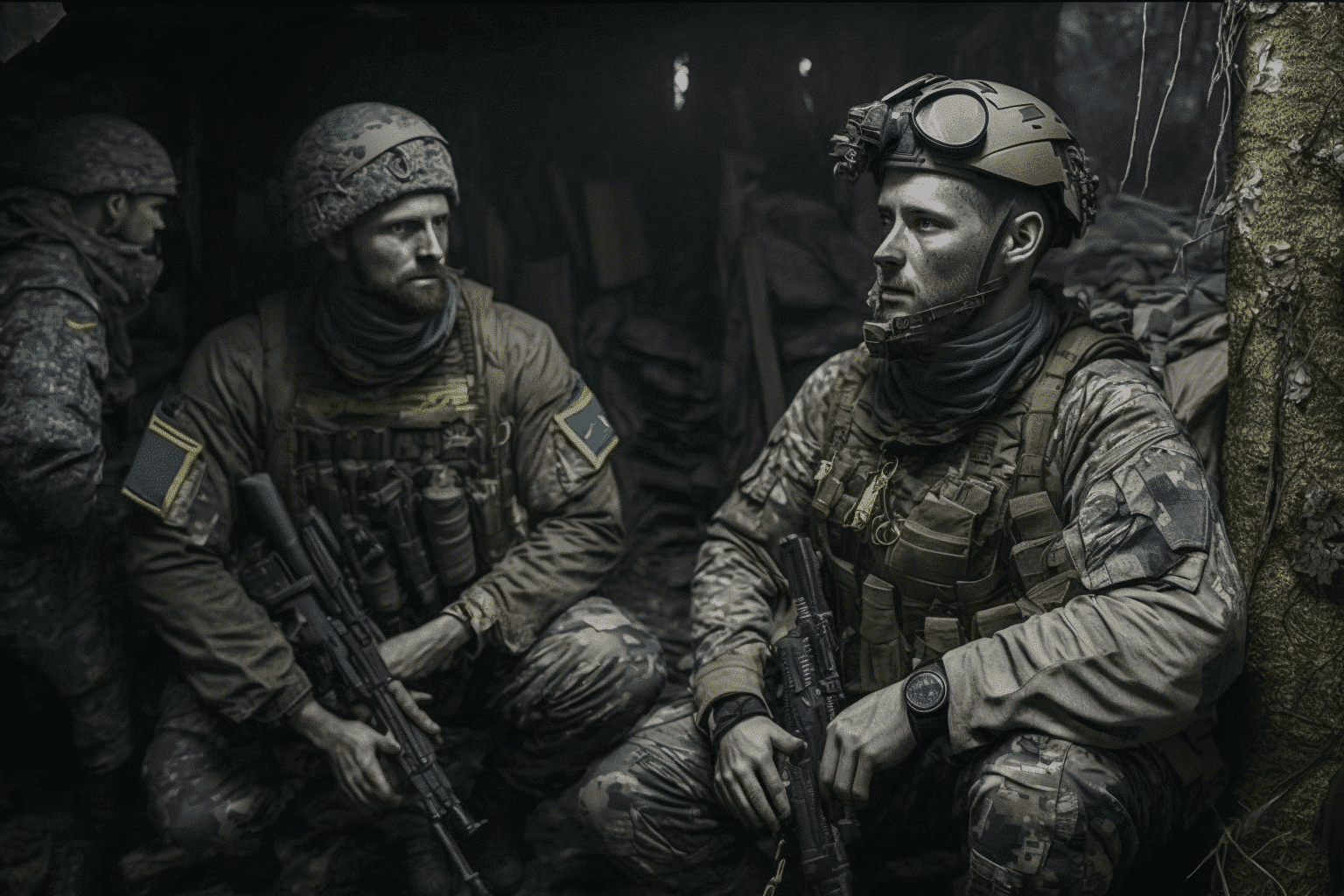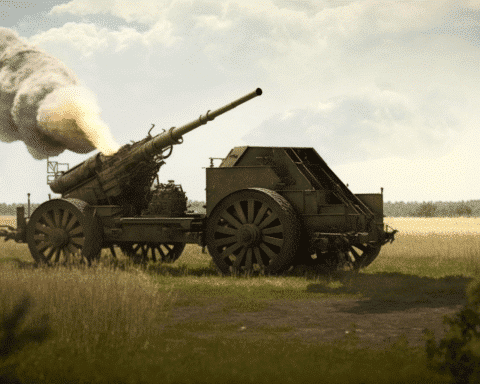Crimean authorities, appointed by Russia, reported that the military defended against a Ukrainian strike on a key naval base on Monday. Additionally, an unexploded drone was found in a forest near Moscow. These attacks occur as Ukraine is suspected to be planning a significant counteroffensive.
Mikhail Razvozhayev, the Moscow-appointed leader of Sevastopol in Crimea, stated that the military neutralized a Ukrainian sea drone that attempted an early morning attack on the harbour, and another drone exploded. The powerful blasts shattered windows in several apartment buildings but caused no further damage.
This incident is the latest in a series of attempted attacks on Sevastopol, Crimea’s primary naval base, which Russia unlawfully annexed in 2014.
There was no immediate comment from Ukrainian authorities on Monday’s strikes. They have not openly claimed responsibility for such attacks in the past but have emphasized their right to respond to Russian aggression.
Russian news also reported on Monday that an unexploded Ukrainian drone was discovered in a forest approximately 30 kilometres (19 miles) east of the Russian capital.
As Ukraine’s military prepares for a spring offensive to reclaim occupied territories, this incident illustrates its ability to reach deep into Russia.
Analysts believe the counteroffensive will likely target Russian-held areas in the southern Kherson and Zaporizhzhia regions. If successful, Ukraine could sever the land corridor between Russia and Crimea.
Ukraine has recently received advanced weapons from Western allies and additional troops trained in the West, increasing anticipation of an offensive.
Last week, American-made Patriot missiles arrived in Ukraine, with some already in service, according to military spokesperson Yuriy Ihnat.
During a meeting with Estonian Prime Minister Kaja Kallas in Zhytomyr, Ukrainian President Volodymyr Zelenskyy praised the Baltic nation for donating its 122-mm and 155-mm howitzers to Ukraine. He emphasized the importance of collective defence against Russian aggression.
Despite the nearly nine-month campaign, Russian forces continue to advance in eastern Donetsk in pursuit of Bakhmut.
Zelenskyy stressed the importance of defending Bakhmut, as its fall could enable Russia to rally international support for a deal that may force Kyiv to make unacceptable compromises.
Ukraine and Russia view the battle for Bakhmut as critical for wearing down enemy forces and preventing further attacks along the 1,000-kilometer (620-mile) front line.
Ukrainian forces were pushed into a 2-square-kilometre (less than 1 square mile) area of the western city, according to millionaire Yevgeny Prigozhin, owner of the Wagner Group military contractor leading the Russian offensive in Bakhmut. His claim could not be independently verified.
Prigozhin said the goal is to weaken the Ukrainian army and prevent a counteroffensive, which he predicts will likely occur within the next few weeks when the ground dries enough for heavy vehicles to move off roads.
Major General Kyrylo Budanov, Ukraine’s chief of intelligence, referred to the counteroffensive as a “landmark battle in Ukraine’s modern history,” which would enable Ukraine to reclaim “significant areas.”

Russian military bloggers speculate that numerous drone attacks across wide areas may accompany a Ukrainian counteroffensive.
Russian media identified the drone near Moscow as a Ukrainian-made UJ-22 Airborne with 17 kilograms (37 pounds) of explosives. The UJ-22 is a small reconnaissance drone with a range of up to 800 kilometres (about 500 miles) and can carry about 20 kilograms (44 pounds) of explosives.
Shchelkovo, around 15 kilometres northeast of Moscow, was also found in March with another drone suspected to be from Ukraine but without explosives. Also in March, a prominent Ukrainian Tu-141 Strizh jet-powered drone exploded in Kireyevsk in the Tula region, approximately 200 kilometres east of Moscow. The explosion caused several buildings to be damaged and injured three people. The Russian Defense Ministry stated that air defences brought down the drone.
To strike Russian facilities, Ukrainian drones with a range of 1,000 kilometres have been used by Russian authorities, according to the Russian authorities. A drone attacked two Russian air bases housing nuclear-capable long-range bombers in December. It was reported that the drones were shot down, but some aircraft were damaged and several servicemen were killed by debris.
A Ukrainian drone was discovered in February near Gubastovo, about 80 kilometres southeast of Moscow, in the Kolomna region. There is a good chance that the drone flew close to a natural gas pumping facility, which was likely its target.
No injuries were reported from another drone explosion that occurred in a forest near Kaluga, approximately 150 kilometres southeast of Moscow, in February.
Within the past 24 hours, Russian attacks have killed at least four civilians and injured 13 others, according to Ukraine’s presidential office. There were two deaths in Bakhmut and two in Kherson in the southern part of the country.
In response to the escalating conflict, international pressure has mounted on both sides to find a peaceful resolution. Several countries have called for an immediate ceasefire and the resumption of diplomatic talks to address the ongoing crisis.
In light of the increasing number of civilian casualties and the humanitarian impact of the conflict, the United Nations has expressed concern. The UN has urged all parties to abide by international humanitarian law and protect civilian lives and infrastructure.
To help alleviate the suffering of those affected by the conflict, various international organizations, including the International Committee of the Red Cross (ICRC) and the United Nations High Commissioner for Refugees (UNHCR), have been working to provide humanitarian assistance to the populations in need.
As the fighting continues, Ukraine and Russia face mounting challenges in maintaining their respective military campaigns. The prolonged conflict has strained their economies, and the toll on their armed forces has been significant. Military analysts predict the situation will worsen if the conflict continues without a resolution.
In light of these developments, diplomatic efforts to broker a peaceful settlement have intensified, with several countries offering to mediate talks between Ukraine and Russia. Some analysts believe a diplomatic solution is still possible, provided both sides are willing to compromise and find common ground.
While the situation remains tense and unpredictable, the international community continues to monitor the conflict closely and call for a peaceful resolution to the ongoing crisis in Ukraine.




